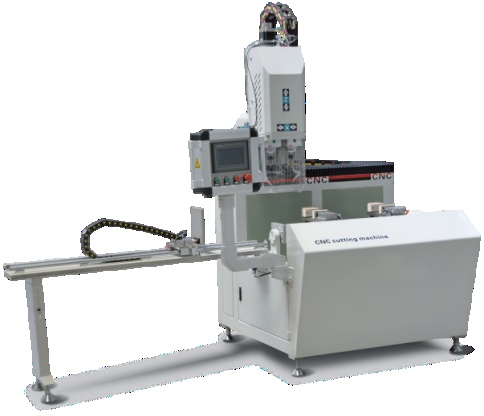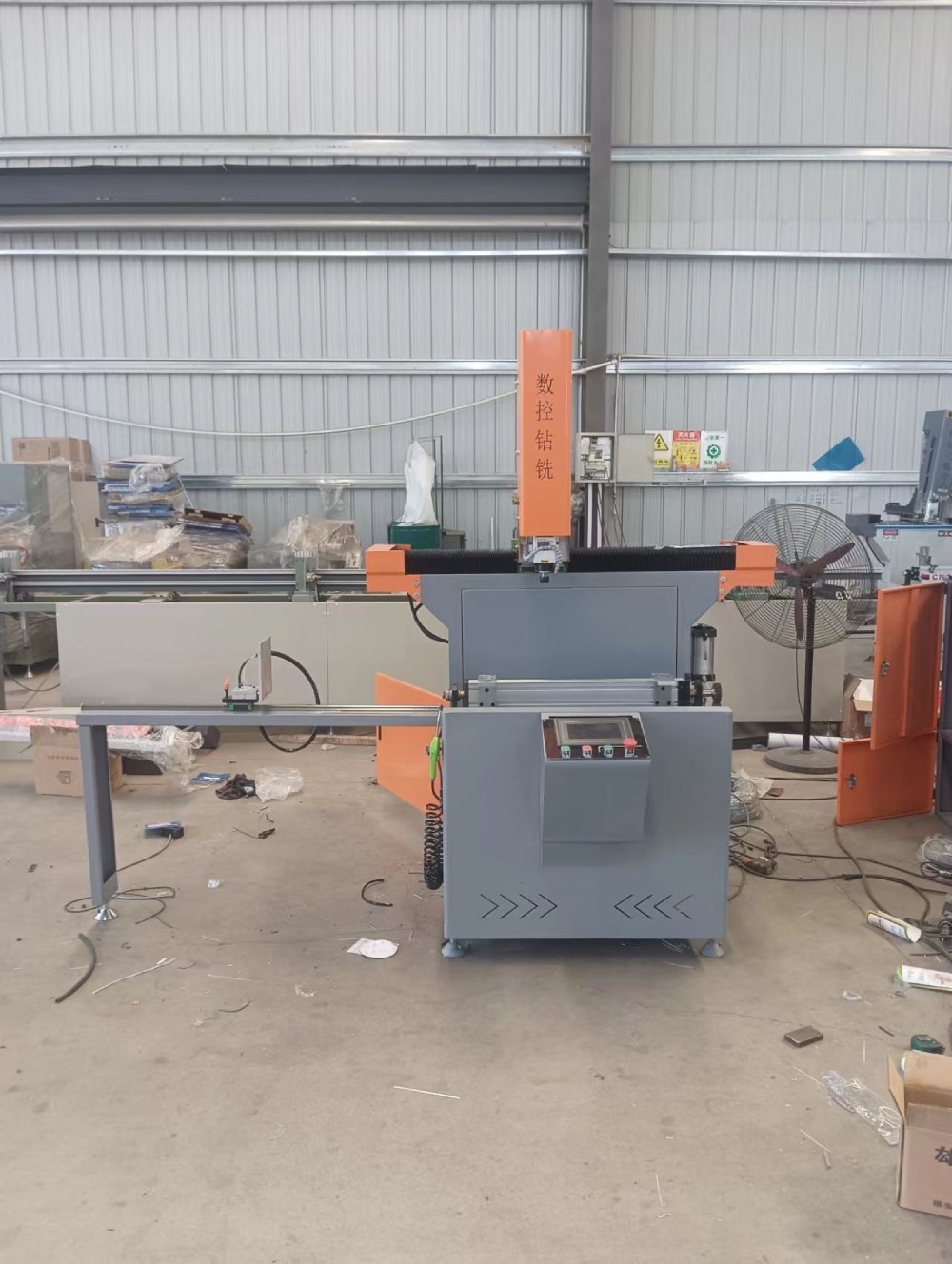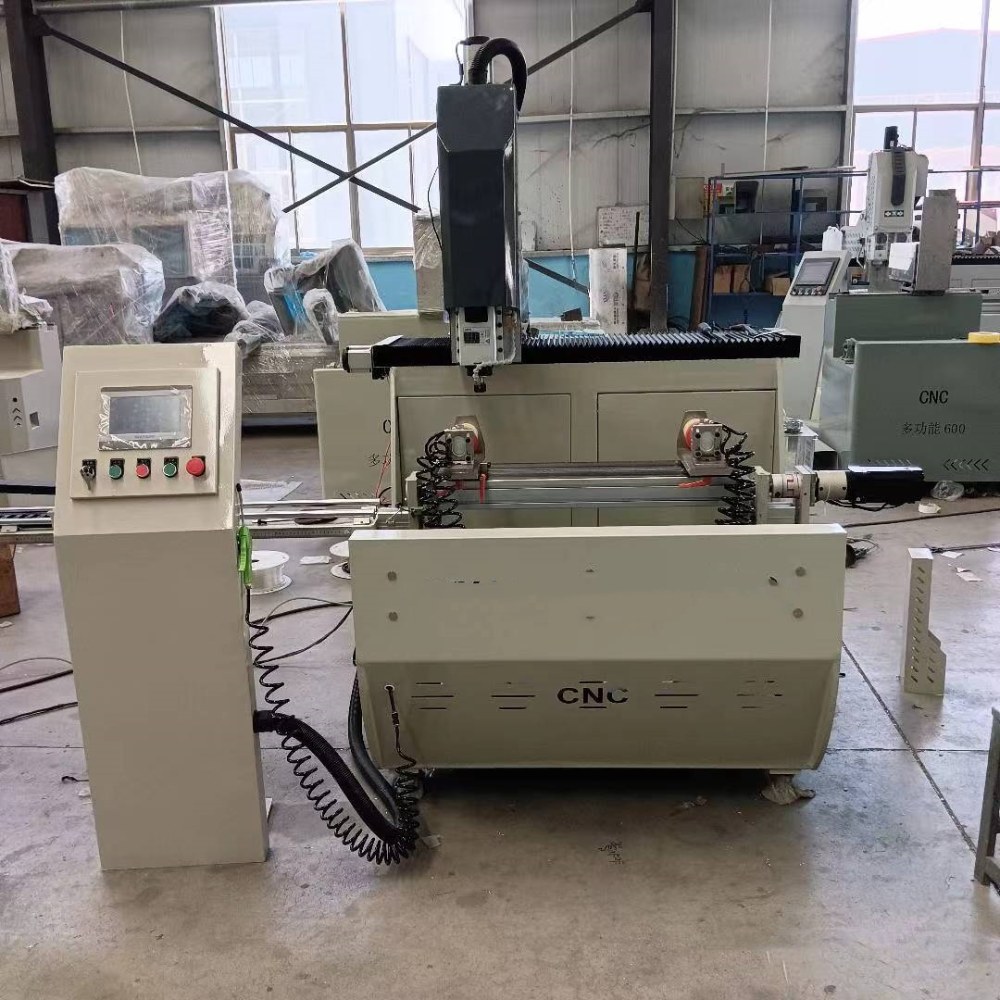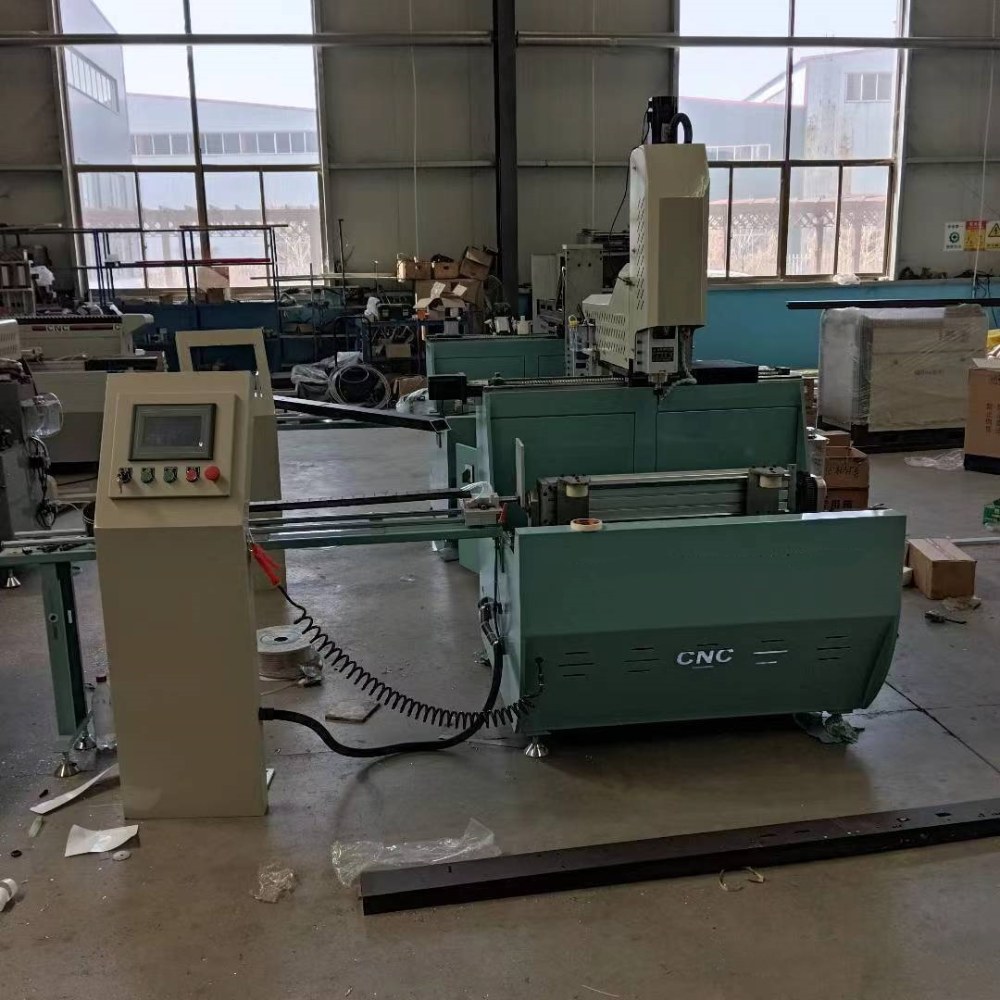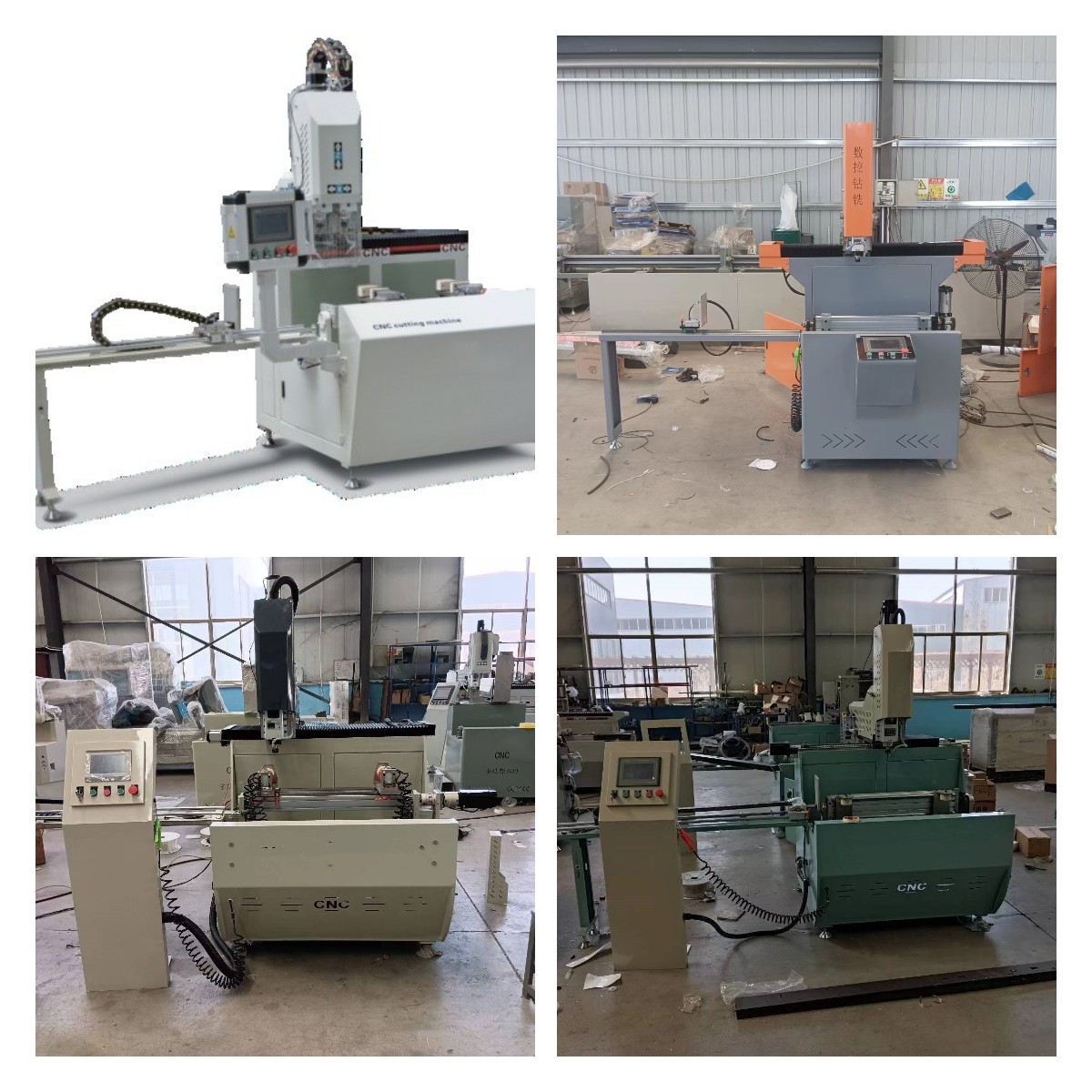CNC Drilling and Milling Machine
Model No.: SKX3-CNC-1200
Brand: HH
Place of Origin:China
Spindle Speed: 18000r/min
Dimension Size:1700×1500×2200mm
Payment Type:LC,T/T
Incoterm:FOB,CFR,CIF,EXW
Min Order:1 Set/Sets
Port: Qingdao,Shanghai,Tianjin
CNC Drilling and Milling Machines are vital components in modern manufacturing environments, delivering high-precision, multi-functional machining operations by combining computer numerical control (CNC) with drilling and milling capabilities. These machines are widely used in aerospace, automotive, mold making, electronics, and precision metalworking.
This article provides an in-depth technical overview of CNC drilling and milling machines, covering core functions, specifications, engineering principles, applicable standards, usage tips, and compliance considerations.
Table of Contents
What Is a CNC Drilling and Milling Machine?
How It Works: Engineering Principles
Core Features and Technical Specifications
Applications and Use Cases
Materials Processed by CNC Drilling and Milling Machines
Industry Standards and Regulatory Compliance
Operation Guidelines and Safety Practices
Common Challenges and Troubleshooting Tips
Frequently Asked Questions (FAQs)
Conclusion and Call to Action
1. What Is a CNC Drilling and Milling Machine?
A CNC drilling and milling machine is a computer-controlled machine tool that integrates drilling, milling, and in some cases tapping, boring, or engraving functions. Operated via G-code or CAM-generated toolpaths, these machines automate material removal with high repeatability, accuracy, and speed.
Unlike manual or semi-automatic machines, CNC units eliminate human error and support multi-axis machining (typically 3 to 5 axes), making them suitable for complex geometries and production efficiency.
2. How It Works: Engineering Principles
CNC drilling and milling machines follow the subtractive manufacturing principle, where material is precisely removed from a workpiece using rotary cutting tools under CNC-guided movement.
Key Axes and Components:
X, Y, Z Axes: Movement of the work table and spindle head
Spindle Motor: Rotates cutting tools (up to 15,000–30,000 RPM)
Tool Changer (ATC): Automatically switches tools during operation
Linear Guideways and Ball Screws: Provide smooth, precise motion
Control System (e.g., FANUC, Siemens, Mitsubishi): Processes NC programs
G-code instructions define feed rate, spindle speed, tool position, and depth—translating digital designs into precise physical cuts.
3. Core Features and Technical Specifications
| Parameter | Typical Range/Value |
|---|---|
| Spindle Speed | 6000 – 30,000 RPM |
| Table Size | 500 × 400 mm to 2000 × 1000 mm |
| Positioning Accuracy | ±0.005 mm or better |
| Repeatability | ±0.003 mm |
| Tool Change Capacity (ATC) | 8 to 32 tools |
| Max Drilling Diameter | Up to Ø50 mm (material dependent) |
| Controller Compatibility | FANUC, Siemens, Syntec, GSK, etc. |
| Workpiece Weight Capacity | 150 – 1500 kg |
| Spindle Taper | BT30, BT40, BT50 |
4. Applications and Use Cases
CNC drilling and milling machines are highly versatile, used across numerous sectors for parts with high dimensional tolerances or complex geometries.
Key Applications:
Drilling and tapping for automotive manifolds or brackets
Milling slots, pockets, and contours in molds and dies
Printed circuit board (PCB) drilling for electronics
Engraving or face milling of aluminum panels
Creating bolt hole circles, counterbores, and countersinks
Industries Served:
Aerospace and defense
Automotive and EV components
Tool & die making
Medical device machining
Energy (wind, oil & gas)
Sheet metal fabrication
5. Materials Processed by CNC Drilling and Milling Machines
CNC systems are designed to handle a wide range of materials, including:
| Material Type | Examples |
|---|---|
| Metals | Aluminum, steel, brass, copper, titanium |
| Plastics | ABS, POM, acrylic, PVC |
| Composites | Carbon fiber, fiberglass laminates |
| Wood | MDF, hardwoods (for mold bases, prototypes) |
| Ceramic Substrates | (with diamond tooling) |
6. Industry Standards and Regulatory Compliance
CNC drilling and milling machines must comply with a range of international safety and performance standards:
| Standard / Regulation | Description |
|---|---|
| ISO 23125 / EN ISO 23125 | Safety of metal-cutting machine tools |
| CE Certification (EU) | Machine Directive 2006/42/EC |
| ANSI B11.23 | U.S. standard for machining centers |
| IEC 60204-1 | Electrical safety of machinery |
| GB/T 18775 (China) | Precision machining standards |
| RoHS / REACH | Electrical/electronic component safety |
7. Operation Guidelines and Safety Practices
Setup and Programming:
Use accurate CAD/CAM software to generate toolpaths
Double-check zero point (G54-G59) and tool length offsets
Simulate operations before live runs
During Operation:
Engage coolant to avoid overheating
Monitor for chatter, burrs, or spindle vibration
Keep workspace clear of loose tools or flammable material
Maintenance:
Lubricate ball screws and linear guides regularly
Clean coolant tank and chip conveyors
Inspect tool wear and spindle runout periodically
? Proper operator training is crucial for safety and productivity. CNC crashes can damage tooling, parts, and machines if unmonitored.
8. Common Challenges and Troubleshooting Tips
| Problem | Cause | Solution |
|---|---|---|
| Tool breakage | Incorrect feed/speed ratio | Optimize cutting parameters |
| Surface roughness | Tool wear or chatter | Replace tool, reduce speed |
| Hole misalignment | Poor fixture or backlash | Improve work holding, calibrate |
| Overheating | Insufficient coolant or airflow | Check pump and nozzle alignment |
| Controller alarm/fault | G-code error or encoder issue | Run diagnostics, correct code |
9. Frequently Asked Questions (FAQs)
Q1: What is the difference between a CNC drilling and milling machine and a machining center?
A machining center typically includes enclosed guarding, full ATC, and multi-axis capabilities, while a CNC drilling and milling machine may be more focused on 2.5D operations with fewer automated features.
Q2: Can one machine replace a lathe and mill?
No. A CNC drilling and milling machine excels in vertical operations. Turning requires lathe-specific kinematics.
Q3: What’s the ROI for small manufacturers?
Return on investment can be achieved in 1–3 years, especially when replacing manual labor, reducing rework, or scaling batch production.
Q4: Can I machine hardened steel with these machines?
Yes, but only with high-speed spindles, coated carbide tools, and suitable feed rates. Not all machines are built for HRC > 50 materials.
Q5: Do these machines support 4th or 5th axis upgrades?
Many modern machines have interfaces for rotary tables or multi-axis expansion, but this depends on controller compatibility and frame rigidity.

